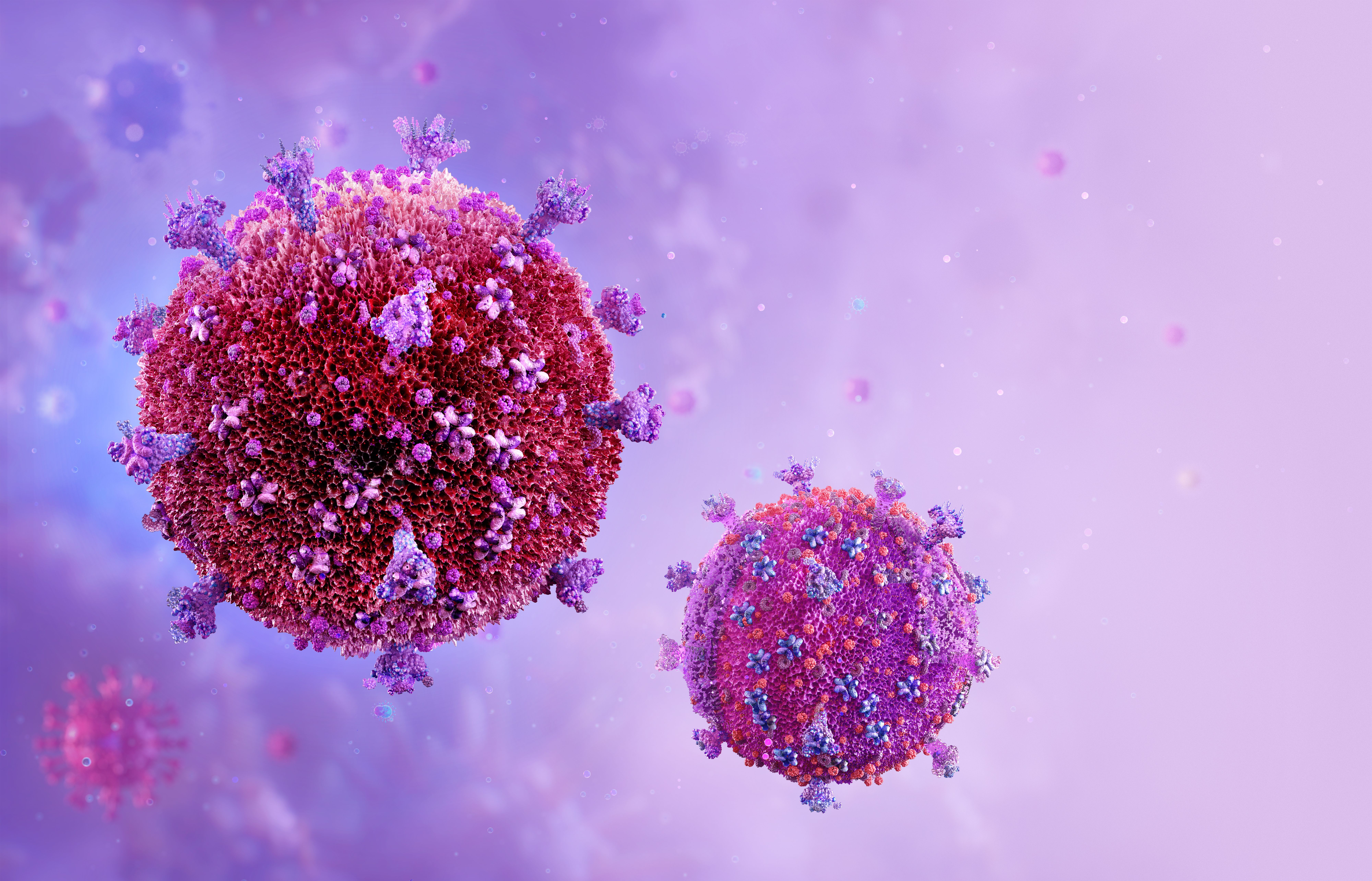- Center on Health Equity & Access
- Clinical
- Health Care Cost
- Health Care Delivery
- Insurance
- Policy
- Technology
- Value-Based Care
New Data Provide Clearer Picture on Adherence to Lenacapavir
An update from the PURPOSE 2 trial focused on adherence and pharmacokinetics data for lenacapavir, used to prevent HIV.
Gilead Sciences provided new data concerning the PURPOSE 2 trial on November 13, which brought to light more information on adherence and pharmacokinetics in patients taking lenacapavir.1 PURPOSE 2 is an ongoing trial evaluating the safety and efficacy of lenacapavir when used to prevent HIV.
The PURPOSE program includes 5 different trials to ensure prevention of HIV through the usage of lenacapavir in a safe and effective manner. In these trials, lenacapavir is received via injection by a diverse subset of participants twice per year around the world. Lenacapavir is traditionally used to treat HIV that is resistant to multiple drugs, with the PURPOSE program being the first to test its efficacy in prevention.
New data from the PURPOSE 2 trial reaffirms the efficacy of lenacapavir in preventing HIV | Image credit: Corona Borealis - stock.adobe.com

New data on adherence and pharmacokinectics will be published in The New England Journal of Medicine and were presented during an oral abstract session at the International Congress on Drug Therapy in HIV Infection. Lenacapavir was compared with oral emtricitabine/tenofovir disoproxil fumarate (F/TDF; Truvada; Gilead), a once-daily oral medication, during the trial to provide a comparison point for both efficacy and adherence. PURPOSE 2 is a phase 3 trial that has been randomized, is double-blind, and has been conducted across multiple centers throughout the world, including in the United States, Argentina, South Africa, Thailand, Peru, Mexico, and Brazil. All participants were randomized 2 to 1 to lenacapavir and F/TDF.
Adherence was measured in participants in the F/TDF group through detection of tenofovir diphosphate in blood samples. The researchers found that, although adherence to F/TDF started high, adherence decreased through a year of follow-up. High adherence of consuming 4 or more tablets per week was found in 82% of participants through 8 weeks vs 62% after 1 year. Participants who used lenacapavir or the placebo injections as part of the oral PrEP study had high adherence through 1 year, with 91.0% of participants receiving their injections on time through 26 weeks and 92.8% of participants receiving their injection at the 1-year mark.
Previous data have shown that lenacapavir was able to reduce infections of HIV by 96%.2 A total of 99.9% of participants on lenacapavir were never diagnosed with HIV, with only 2 of 2179 participants newly diagnosed with HIV by the time the research became public (95% CI, 0.012-0.373). This amounted to a 96% relative risk reduction and proved that lenacapavir was 89% more effective compared with F/TDF.2
Researchers found that the 2 participants who acquired HIV in the group had plasma concentrations that were within range of the overall lenacapavir concentrations in the subset of participants whose blood plasma levels were tested. Both participants had received 1 injection of lenacapavir but had been diagnosed with HIV prior to receiving their second injection; delayed HIV diagnosis did not occur in either participant.
These new data confirm the value of lenacapavir in individuals looking to receive an effective and safe method of preventing HIV. With new data on the higher adherence rate of lenacapavir compared with F/TDF and the acquisition of HIV only coming between injections, patients and doctors can be more assured of long-term HIV prevention that can help reduce the spread of the virus.
References
- Gilead presents full PURPOSE 2 data results for twice-yearly lenacapavir for HIV prevention at HIV Glasgow. News release. Gilead; November 13, 2024. Accessed November 18, 2024. https://www.gilead.com/news/news-details/2024/gilead-presents-full-purpose-2-data-results-for-twice-yearly-lenacapavir-for-hiv-prevention-at-hiv-glasgow
- Bonavitacola J. Lenacapavir highly effective in preventing HIV. AJMC®. October 10, 2024. Accessed November 18, 2024. https://www.ajmc.com/view/lenacapavir-highly-effective-in-preventing-hiv
